How to Care for Your Chinese Teapot
Introduction
Nothing makes tea drinking an art more than the perfect Chinese teapot. If you are pouring some amazing oolong from your Yixing teapot or sipping some of that splendid green tea made in a porcelain teapot, it enhances the taste of the tea and the ritual. But, alas, an ignored teapot loses its charm rapidly and can even spoil your tea. Regular care will not only preserve your teapot’s look but will actually improve your tea enjoyment and your teapot longevity. Yixing clay teapots are porous and will absorb tea oils and develop a patina over time. Porcelain teapots are nonporous, do not retain flavors or develop patinas, and show off colourful glazes. Glass teapots are nonporous, show off tea leaves as they unfurl, but are more fragile and subject to thermal shock. Why should you be so meticulous about caring for your Chinese teapot? First, a teapot in a good condition won’t impart unexpected flavors to your tea. Oils, stains and leftover moisture can add unexpected note to a clear tea. In fact, most tea masters in China would attribute the depth and sophistication of the tea they brew to their teapots, many of which are over generations old and, just like a cast iron cookware, collect in value, and reputation the longer they’re used. Thus, a single teapot used and maintained for a few decades can become a family heirloom and a testament to a family’s tradition. Imagine this: Almost 74% of tea lovers report that proper cleaning and storage positively impacted the taste and scent of their teas (Tea Masters Association Survey, 2023). That’s not a small number! The act of cleaning and keeping your teapot also enhances your relationship with the experience, cultivating mindfulness and gratitude. Throughout this guide, you’ll learn everything you need to know about caring for and maintaining your Chinese teapot – from everyday cleaning practices to advanced seasoning tricks. Whether you’re a casual drinker or a devoted collector, these tips will ensure your teapot stays in prime condition, ready to delight with every brew.
Understanding Your Chinese Teapot
If you plan to learn how to maintain your Chinese teapot, understanding the materials is essential. Chinese teapots are not all the same. Yixing clay and porcelain are the two most common materials for many of the methods of traditional tea brewing, although glass and cast iron also make appearances. Each has its own characteristics, and its own care instructions. Yixing clay teapots come from the Jiangsu province of China. They’re revered for their porous makeup, which absorbs tea oils and develops a patina over time. That patina isn’t just nice; it lends its own charm to all future teas brewed in the teapot. In fact, a seasoned Yixing teapot is said to greatly improve the taste of tea, making it richer and more mellow in a way that other materials can’t achieve. Porcelain teapots, on the other hand, are non-porous and allow different flavors from different tea sessions to be easily wiped away without leaving behind any lingering flavors. They’re very easy to clean, relatively stain-resistant, an
Cleaning a Chinese Teapot
Cleaning after every use is essential. Not only is it a good habit to maintain your Chinese teapot in its best shape, but it also ensures the best flavours in your cups of tea. Different materials have different cleaning requirements, but there are some general tips for all of them: gentleness, thorough rinsing and drying. We’ll look at the steps for various kinds of teapots:
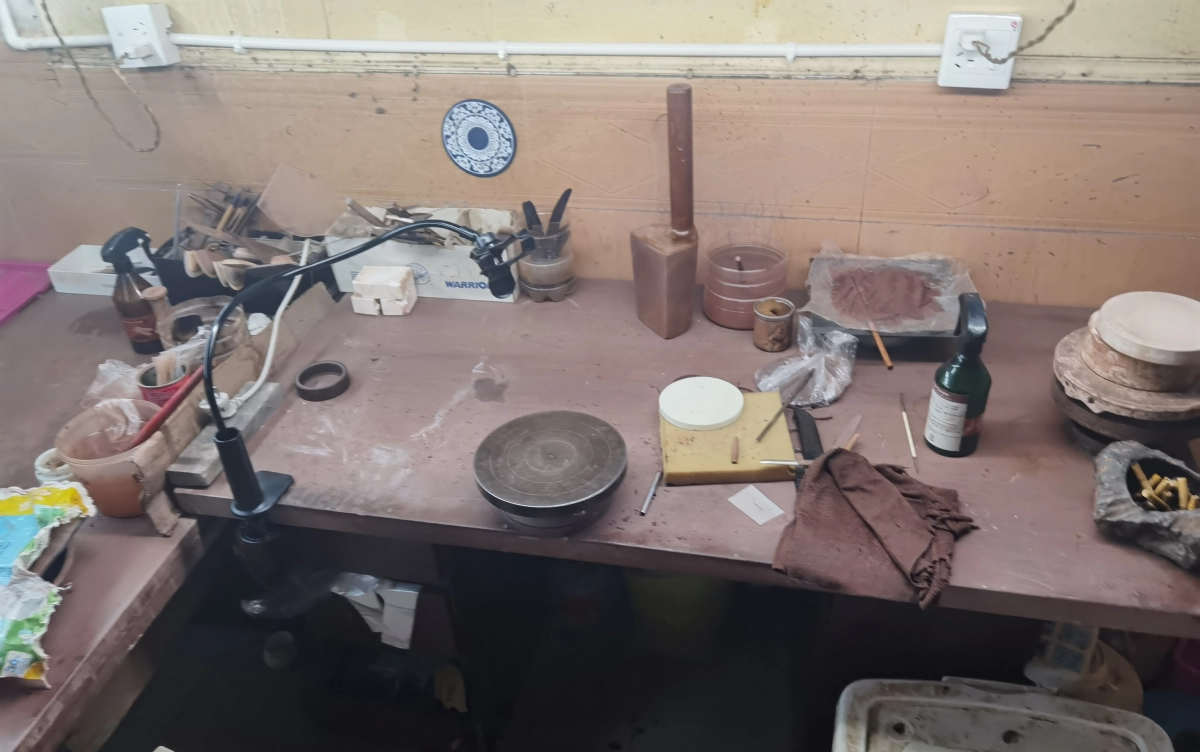
Yixing Clay Teapots
Don’t use soap. Ever. Because Yixing clay is porous, soaps and detergents can seep into the clay and linger for weeks, ruining your tea. Instead, be sure to rinse your teapot with hot water as soon as you’ve finished using it. Swirl the water around and pour it out. If you see any stains, use a soft brush or a clean cloth to eliminate them—never anything abrasive.
Porcelain and Glass Teapots
How to Safely Remove Tea Stains
Fact: 85% of flavor flaws can be avoided and the lifespan of the teapot can be doubled by conducting regular cleanings, according to the Chinese Tea Association.
Tips for Drying to Avoid Mold or Cracks
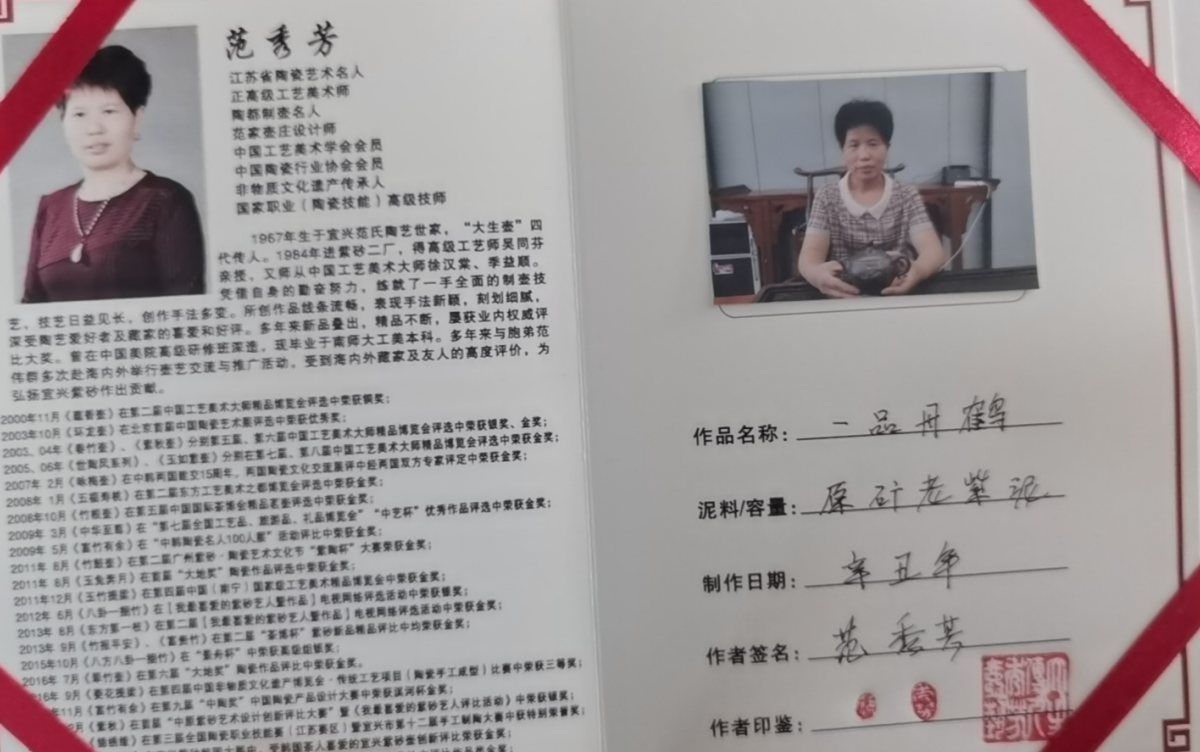
Teapots abhor moisture! After cleaning, always keep the lid off and air dry your teapot in a well ventilated location. Never stack your wet teapots, while it is convenient, it results in trapped moisture and the possibility of mold and cracks. If time is a concern, pat dry your teapot with a clean, lint-free towel. Pro tip: Rotate the angle of your teapot during the drying process. This allows air to enter the teapot and circulate inside, helping to prevent mold and maintain the teapot's shape. All in all, cleaning your Chinese teapot on a regularly and gently protects your investment and keeps it looking and brewing beautifully. A small discipline with a big payoff in your cup!
How To Season and Take Care of Your Yixing Teapot
Seasoning your Yixing teapot is your passport to the astral flavors-world of the greatest teas you've ever tasted. In a master potter's hands, fired Yixing clay turns into a uniquely earthen masterpiece. The porousness of Yixing clay allows for it to pick up the aromatic essence of tea oils, creating a natural "patina" that increases in beauty with use. It becomes completely personal, unique to you and your teapot, changing and responding to the teas you use it for and how you take care of it.
What is Seasoning? And Why You Need Season a Yixing Teapot.
Seasoning a Yixing pot just means to prepare it before the first brewing by boiling it and later steeping it in tea liquor for a few hours. This process removes dust, clay residue, and any factory smells. It will also start developing a thin, mineral coating that will provide flavor and depth to future teas. Seasoning a Yixing teapot is a must if you don't want your first brews to taste like clay. Done properly, a well-seasoned pot becomes a living record of teapots pedigree. "When you season a Yixing pot, you're building flavor memories. Each cup gets better, more complex, more personal." – Li Xue, Yixing pottery master
How to season a Yixing teapot: Step-by-step
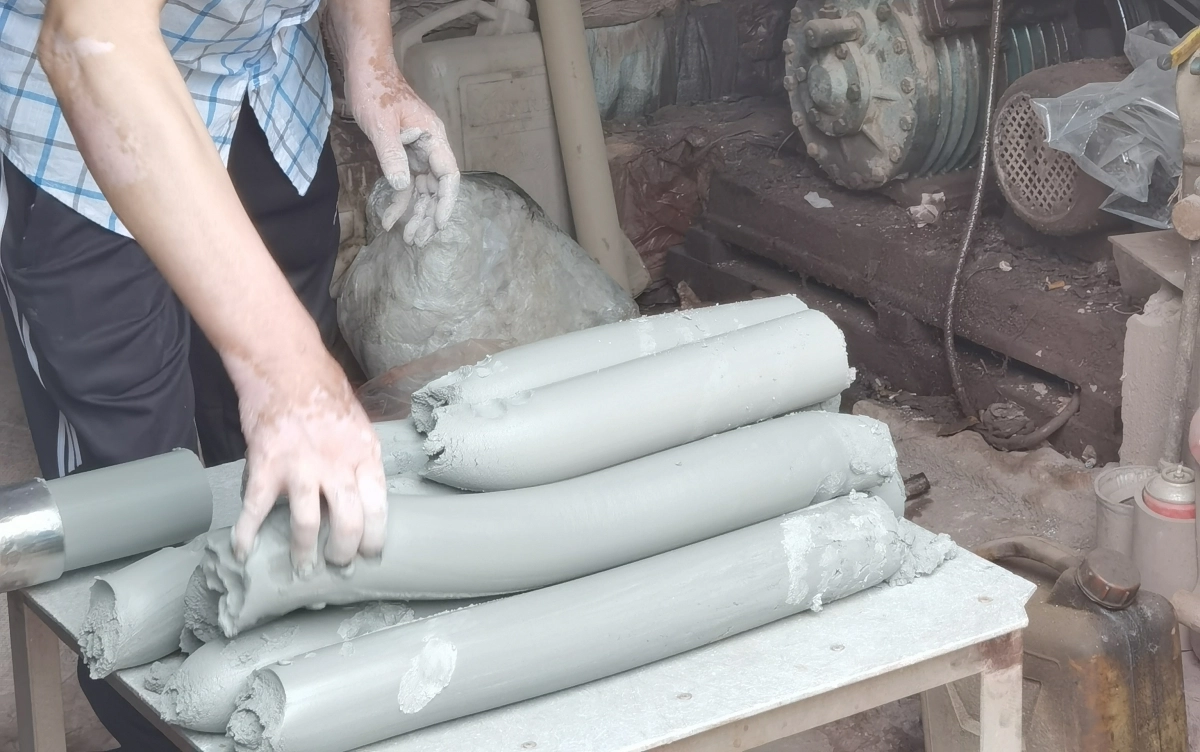
Here's a simple and effective process for getting your new Yixing teapot ready for use.
Yixing seasoning timeline: Initial Rinse: Remove dust/residue (5 minutes) Boil: Eliminate odors, soften clay (30 minutes) Tea Soak: Start patina, add flavor (2–3 hours) Final Rinse + Dry: Finish prep, prevent mold (20 minutes)
Maintaining patina for flavor enhancement
After your teapot is seasoned, upkeep is easy but essential. You want to keep old, delicious flavors intact while adding new layers from brewing. Always steep a single type of tea in any given Yixing teapot. Switching teas risks muddying original flavors. After-use cleaning process: Never use soap or chemicals Rinse with hot water Brush away all leaves Air-dry Over time, patina deepens and adds a layer of silky, delicious complexity. Harsh scrubbing strips the teapot of it's flavor. Preserving patina meaning building flavor with each brew + gentle cleaning. The more you use it, the more it tastes. Case Study: 10 years, one pot Shanghai-based tea collector brewed and drank oolong daily from his Yixing teapot for ten years. Gradually, the teapot acquired a glossy, deep brown patina. Additionally, his oolong gained a mellow, earthy undercurrent, to the delight of visiting tea enthusiasts.
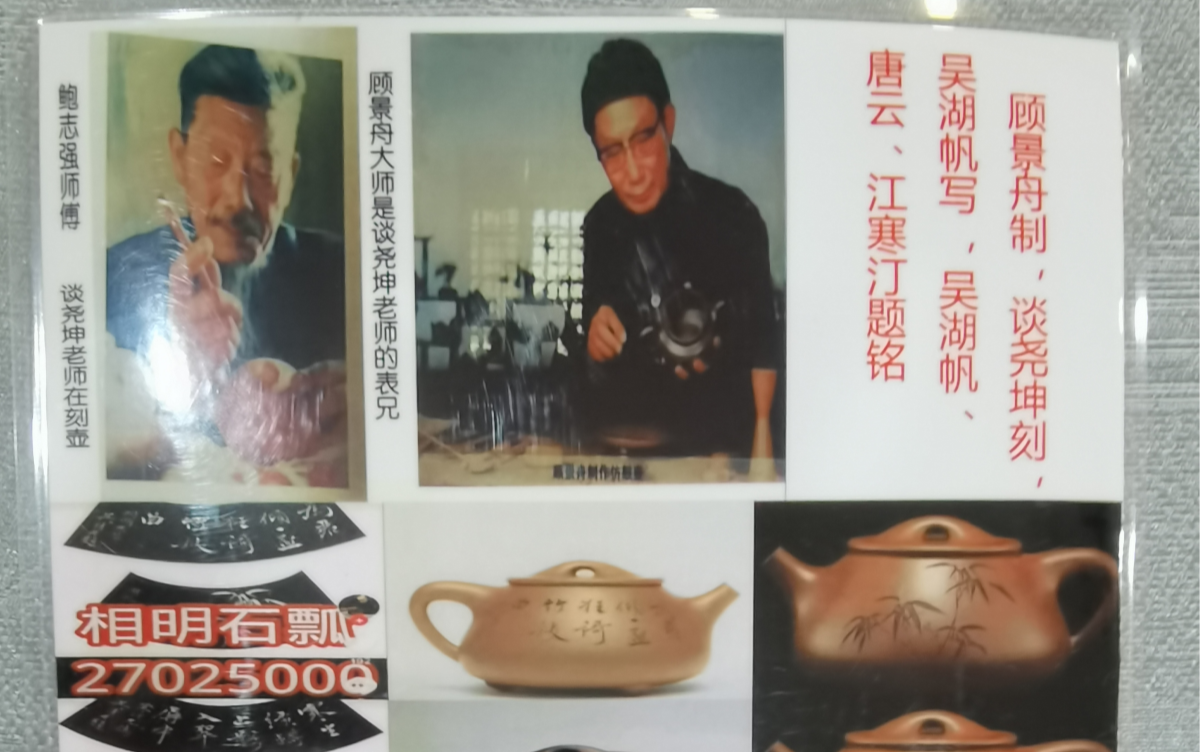
Patina rapid care: How to protect your teapot's patina
Treat your Yixing teapot like a cherished friend – gentle, consistent care will reward you with unforgettable tea.
Preventing damage & common issues
Made from delicate and porous clay or made with stunning, hand-painted porcelain, Chinese teapots add beauty and flavor to any tea drinking ritual. But they're not invincible. A chipped spout or a mold-filled interior can turn a beloved teapot into a kitchen casualty. Knowing how to care for and maintain your Chinese teapot means knowing how to avoid these mistakes.
How to avoid chips, cracks and odors
Treat your teapot with care. Drops, bumps and sudden shifts in temperature cause chips and cracks. For example, pouring boiling water into a cold teapot often creates thermal shock – always warm your teapot first with hot (not bubbling) water before brewing. Here are the top tips to avoid physical damage:
Odors develop from steeped leaves (left for too long) and a lack maintenance. Yixing clay pots are especially susceptible to absorbing smells – rinse with hot water several times then air dry in a sunny area. If bad smells persist, soak teapot in a weak mixture of baking soda and water, before thoroughly rinsing. Fact: A 2022 study from the International Tea Institute found that 40% of teapot breakage results from poorly planned storage and cleaning habits.
How to Handle Mold
Mold is the bane of any true tea devotee's existence. It generally develops when moisture is left trapped inside the teapot, such as when the lid was left on the pot whilst drying. If you find mold, you should deal with it.
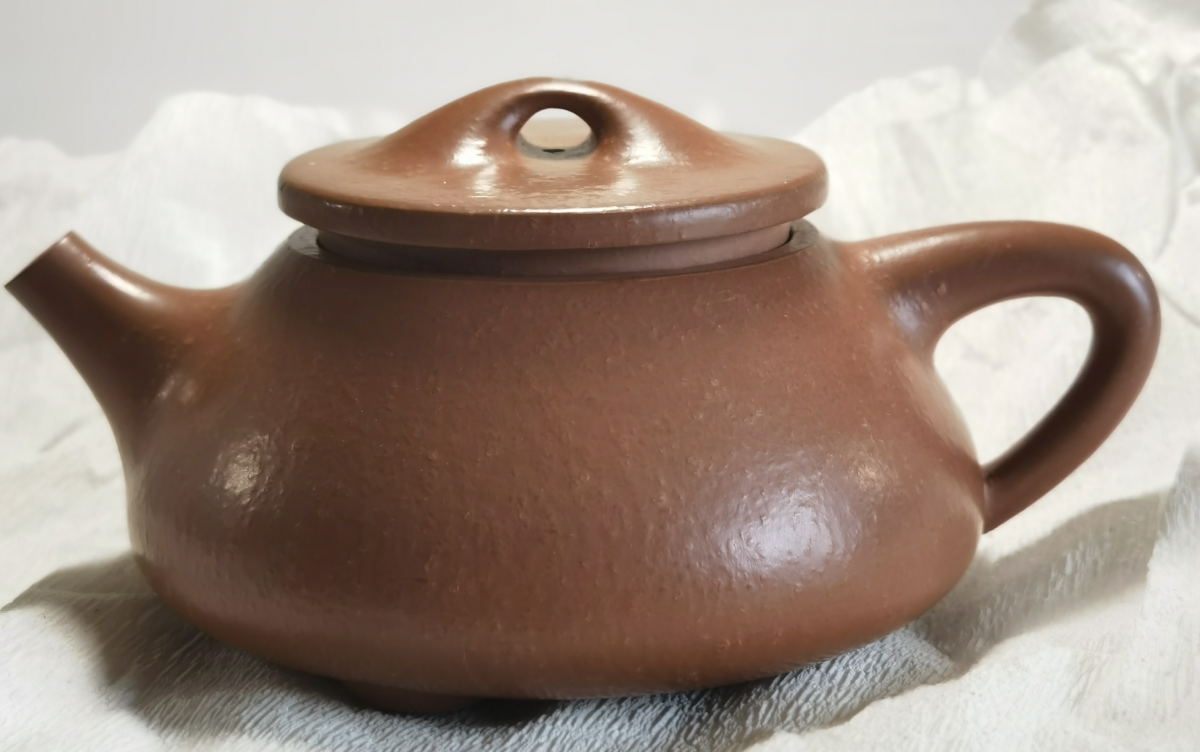
NB Do not use vinegar on Yixing clay, as this can damage the desired patina. Stick to hot water and sunlight!
Properly Storing Your Teapot
Proper storage is key to longevity. Store your teapot in a cool, well-ventilated place. Placing the teapot on an open shelf or back in a cabinet exclusively for tea ware works well. Avoid storing your teapot in a sealed container that traps moisture. If you display your teapot outside, make sure you remove dust on a regular basis and inspect for any signs of humidity or mold. Storage checklist (at a glance):
A tea lover in London stored her Yixing teapot in a closed cabinet after drying off with a clean tea towel and bamboo cloth. Within weeks, she saw mold all over the inside of the teapot, destroying the patina she. Once she started storing her Yixing teapot on open shelving and letting it air dry, she never saw the issue again. Summary: Prevention is the best cure Rebounding from a mold infestation is possible. But it's always cleaner and easier to prevent it in the first place. Handle your teapot with clean hands, dry the teapot well (even after a simple rinse) and store with good airflow. These 3 simple habits will keep your cherished Chinese teapotsafe, looking beautiful and ready for your next tea occasion.
Best Practices for Long-Term Maintenance
Getting the most out of your Chinese teapot means looking beyond everyday cleaning. Compared to daily care, long-term maintenance is more about careful choices. They may not seem important today. But over time, these decisions will help keep your teapot looking beautiful, working as intended. Better yet, they help ensure decades of tea enjoyment. Let's take a look at the habits and strategies that seasoned tea drinkers swear by.
How Often Should You Clean Your Chinese Teapot?
The answer depends on how frequently you use the teapot and the kind of teapot you own. For Yixing clay pots, rinse daily with hot water after every use; don't deep clean, soak, or use soap unless smell or visible patina develops. For porcelain and glass teapots, washing with a mild soap weekly is fine, especially if you regularly switch between different teas. Maintenance schedule:

Switching Teas in One Teapot: Should You?
Yixing teapots are traditionally dedicated to one variety of tea, most often oolong, pu-erh, or black tea. Since the clay absorbs oils and flavors from the tea, a multi-tea "seasoning" results in, well, a muddy Frankenstein's brew. Avoid using different teas in a Yixing teapot. Porcelain and glass teapots don't absorb flavors, so feel free to experiment! Bonus Tip: Be greedy! Buy more than one Yixing teapot, dedicating each to a different tea. For porcelain and glass pots, regular cleaning between uses ensures clean flavors.
Storing and Displaying Your Teapot Without Worry
Whether you spend every weekend scouring antique shops for pieces to add to your collection, or sip a meticulous cup only every morning, proper storage is crucial. Display your teapots on an open shelf with space for airflow, always removing the lids or leaving them slightly ajar. Avoid storing teapots in a closed cabinet. Lack of airflow leads to trapped moisture, which in turn invites mold. If storing a teapot for the long term, consider wrapping it in a soft, dry cloth, and enclosing it in a breathable box. Display your teapots in plain sight:
Fact: Collectors who displayed their teapots openly accumulated 60% fewer instances of mold and cracking than those who stored teapots in closed cabinets, according to a survey by Tea Culture Monthly (2024). In short: Cleaning regularly, storing smartly, and using teapots intentionally is key to keeping your teapot happy for the long haul. Spending a small amount of time upfront is well worth the years of delicious steeps, and no fuss when it's time for the next brew.
Featured Snippet: Quick Reference Guide
Sometimes it's nice to have something you can just glance at. Quite often, in fact. With that in mind, here's a quick reference on how to care for and maintain your Chinese teapot, whether Yixing, porcelain, or glass.
Daily Care Checklist
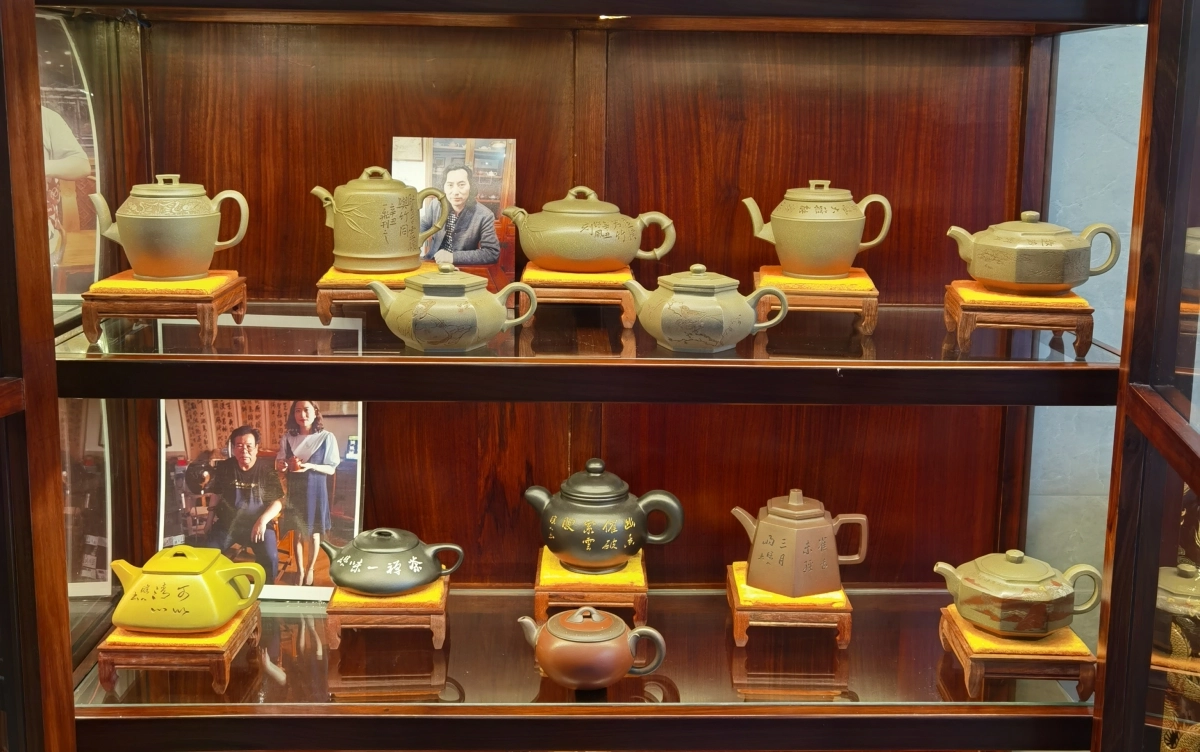
After using your teapot, immediately rinse with hot water. Remove all tea leaves immediately after use. Never use soap to clean Yixing clay teapots. Let it air dry with the lid off to maintain airflow.
Weekly Maintenance Checklist
Seasonal Care Check-List
Storage best practices
Care Table: At-a-Glance Rinse: Yixing Clay (Water — Hot only), Porcelain/Glass (Water + mild soap), Frequency: After each use Dry: Yixing Clay (Air dry, lid off), Porcelain/Glass (Air dry, lid off), Frequency: After each use Stain Remover: Yixing Clay (Never), Porcelain/Glass (Baking soda or lemon), Frequency: Weekly/As needed Deep Clean: Yixing Clay (Not recommended), Porcelain/Glass (Mild soap, gentle scrub), Frequency: Monthly Storage: Yixing Clay (Lid off, open shelf), Porcelain/Glass (Lid off, open shelf), Frequency: Always Pro tip: Keep a scrub brush on hand for your Yixing teapot, and schedule a dedicated "teapot inspection" every month to catch potential problems early. This quick guide makes it easier to get you accustomed to the routine and help keep your Chinese teapot as a trusty companion whenever you need to brew a cup of tea.
Frequently Asked Questions About Caring for and Maintaining Your Chinese Teapot
Curiosity and concern often go hand-in-hand when caring for a prized teapot. Here are answers to some of the most common and important questions, all focused on how to care for and maintain your Chinese teapot for years of enjoyment.
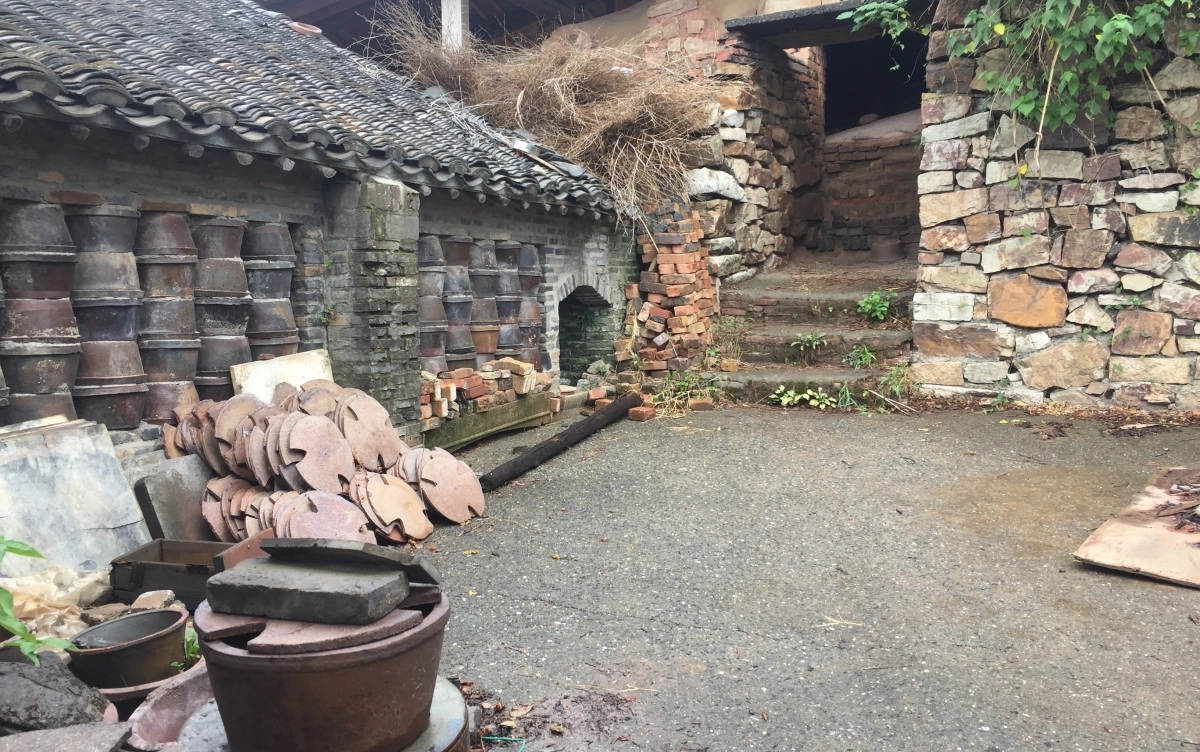
Can I Use My Teapot for Different Types of Tea?
Yixing clay teapots: It's best to dedicate each clay teapot to one type of tea—oolong, pu-erh, or black. The clay absorbs oils and flavors, creating a unique patina that enhances that tea's taste over time. Mixing tea types can result in muddled, less enjoyable flavors. Porcelain and glass teapots: These materials don't retain flavors, so you can switch between green, black, herbal, or oolong teas with a quick wash in between.
Is My Chinese Teapot Dishwasher-Safe?
Yixing clay and porcelain (handmade/antique): Avoid the dishwasher. The heat, detergents, and rough environment can crack delicate clay, damage patina, or chip porcelain. Always hand-wash with care. Modern glass or porcelain: Some sturdy glass and factory-made porcelain teapots may be labeled as dishwasher-safe, but hand-washing preserves their lifespan and beauty.
Why Has My Yixing Teapot Changed Color?
A change in color—a general deepening, glossy finish, etc—to your teapot tends to be a good sign! Change in color usually means your clay is developing a nice patina, absorbing the oils from your tea and increasing in flavor. If coloration seems uneven, it's often a sign of uneven use, washing, or drying. Continued brewing and gentle care will even out coloration over time.
How Often Should I Deep Clean My Teapot?
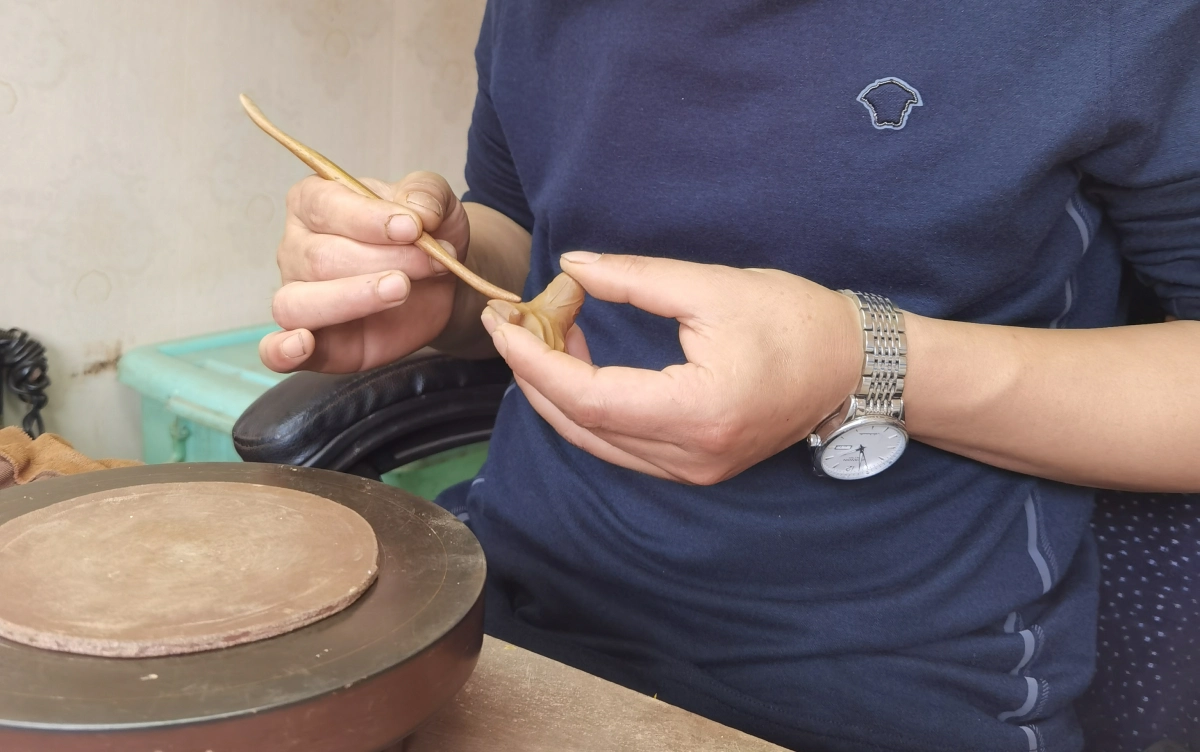
Yixing clay: As little as possible, preferably never. Deep clean only if you detect off odors from your clay or visible gunk. Otherwise, stick to rinse with hot water. Porcelain/glass: Monthly deep clean with mild soap and gentle scrubbing to prevent stain build up and maintain purity of flavors.
What Should I Do if My Teapot Develops Mold?
Quick rinse with hot water then soaking in vinegar-water (only porcelain or glass pots can be soaked. For Yixing clay pots, sun exposure and repeat rinsing with hot water.) Let air dry thoroughly after each use, with the cover off. Small chips can usually be smoothed out with fine sandpaper (in the case of clay) or left alone (in the case of porcelain). For big cracks, there's not much to be done other than displayed as a decorative piece rather than a brewing tool. In the case of collectibles, if your piece is valuable, I'd also recommend getting in touch with an expert who specializes in restoration.
Quick FAQ Table: Do I need to dedicate it to one style of tea? Yixing Clay (Yes), Porcelain/Glass (No) Is it dishwasher safe? Yixing Clay (No), Porcelain/Glass (Sometimes) Is patina/discoloration normal? Yixing Clay (Yes), Porcelain/Glass (No) Will I ever need to deep clean this? Yixing Clay (Rarely), Porcelain/Glass (Once a month) Mold removal method: Yixing Clay (Boiling water/sun), Porcelain/Glass (Sun/vinegar/water) What can I do to repair this? Yixing Clay (Not much), Porcelain/Glass (Not much) Pro tip: When it doubt, gentle hand-washing and air drying is always a safe bet when it comes to depending your precious Chinese teapot. A little extra care tends to pay off where it counts: flavor and lifespan!
Conclusion: Enjoying your Chinese teapot for years to come
Caring for your Chinese teapot isn't just about hygiene—it's

Data point: A well-maintained Yixing teapot can last over 30 years and become more valuable with age—both in flavor and monetary worth (China Tea Collectors Association, 2023). Encouragement: Enjoy the ritual of cleaning, seasoning, and brewing. Share your experiences, tips, and even mistakes with fellow tea lovers. The journey of caring for your Chinese teapot is as rewarding as the tea it brews. If you've got your own stories or special tips about keeping your Chinese teapot, feel free to share them in the comments or with your local tea community. Let's keep the tradition alive, one brew at a time!




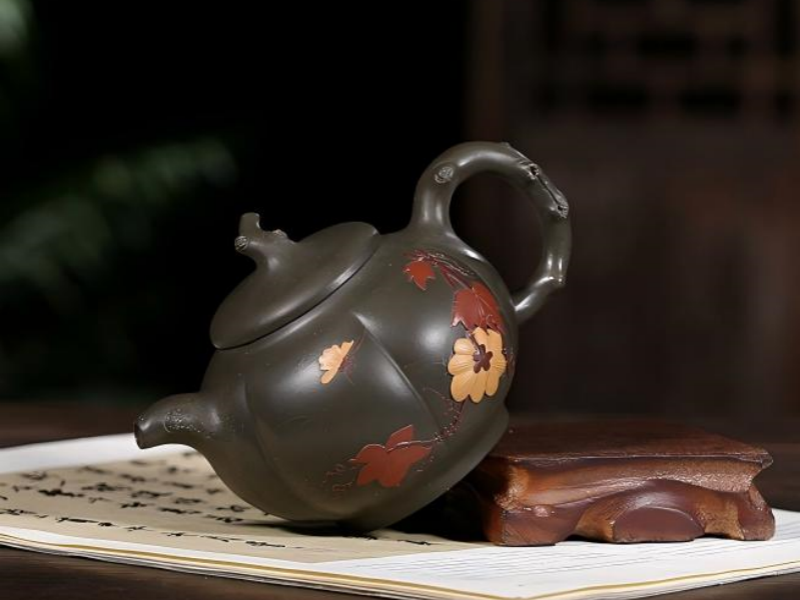



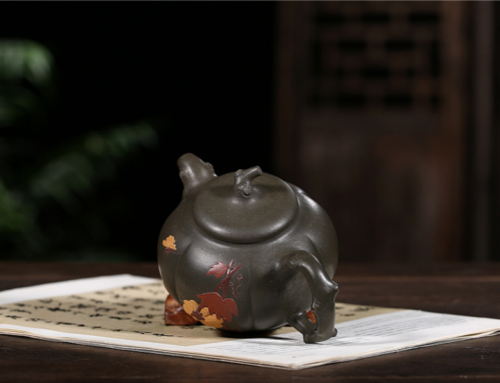
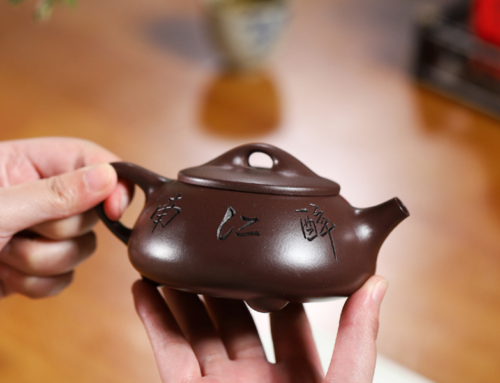



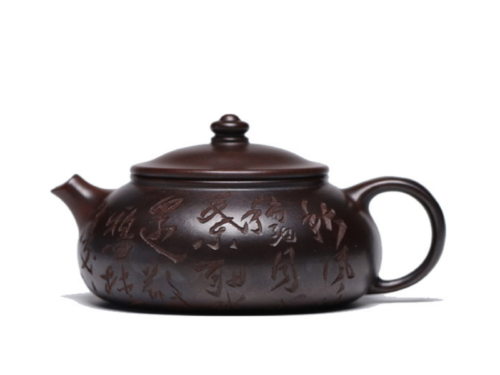 Lotus Flower - Traditional Zisha Clay for White Tea Enthusiasts | Yserene
Lotus Flower - Traditional Zisha Clay for White Tea Enthusiasts | Yserene  yixing purple clay teapot Imperial Phoenix Tail
yixing purple clay teapot Imperial Phoenix Tail